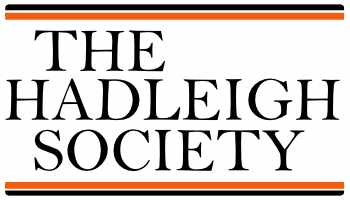1. Survival and Originality
A. It contains significant features dating from before 1714.
B. If built 1714-1840, (Georgian) it retains (much of) its original design and architecture.
C. If built 1840-1901, (Victorian), it retains (much of) its original features, and is of sufficient quality to distinguish it from other buildings of that period locally and/or it has a design and architecture characteristic of the period.
D. If built between 1901-1919, (Edwardian & Arts & Crafts) it retains (much of) its original features and is of sufficient quality to distinguish it from other buildings of that period locally and or has design and architecture of exceptional interest and quality.
E. If built between 1919-1938, (Inter War Period) it is a good or outstanding example of the architectural styles of the period.
F. If built between 1939-1945, it is a surviving example of a wartime structure.
G. If built after 1945, it is a building of notable quality and/or design and surviving generally in its original form.
2. Architectural or Artistic Interest
A. It was built or designed by a nationally or locally important architect, engineer or designer.
B. The building received a national award or recognition.
C. It is an example of a style of building, design, architecture, or materials that is unique to the local area and a reasonable survival of that type.
D. It is a significant landmark building, folly or curiosity.
E. The building or group of buildings contribute significantly to the townscape, street scene, appearance of the area and/or the setting of a designated heritage asset.
F. It is a rare surviving example of street furniture that contributes positively to the local area.
G. The building is a local landmark or monument.
H. It is a reasonable example of a particular technological innovation in building type and/or technique
I. It is within a group of buildings that together are a good surviving example of an historic architectural style, particularly one associated with Hadleigh and/or Suffolk
J. It contributes to the character of the designated Hadleigh Conservation Area.
K. It is a landmark asset in the area, due to its strong communal or historical associations or its striking aesthetic value.
L. The building provides an example of the development of domestic architecture of Hadleigh either as a single element or part of a group.
3. Historic/Social Interest
A. The building or structure is associated with an important national or local historic figure.
B. The building is associated with or illustrates an important aspect or local events in the Town’s cultural, political, civic, educational, social, religious, economic, industrial, agricultural, transport, or military history. [Examples could be, schools, churches, public buildings, mileposts, boundary markers and old letter boxes.] 107
C. It is a building, structure which has an important association with the history of the area’s local social or economic development. For example, agricultural, industrial, commercial or transport buildings and structures.
D. The building is an important survival of the town’s Industrial or commercial heritage.
E. The building is related by age, materials or historical association with an adjacent designated heritage asset.
4. Archaeological l Interest
A. It is a site with demonstrable and definable potential to contain deposits and/or artefacts of regional or local archaeological significance.
B. It has surviving visible remains (such as earthworks, walls, or structures) of regional or local archaeological significance.
5. Designed Landscapes of Interest
A. It retains some or all of its historic features, layouts, and planting.
B. It possesses special local significance for its recreational, cultural, historic, or aesthetic value.
C. It provides views of the surrounding townscape which are visually significant or satisfying.

